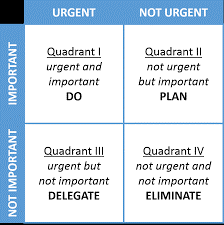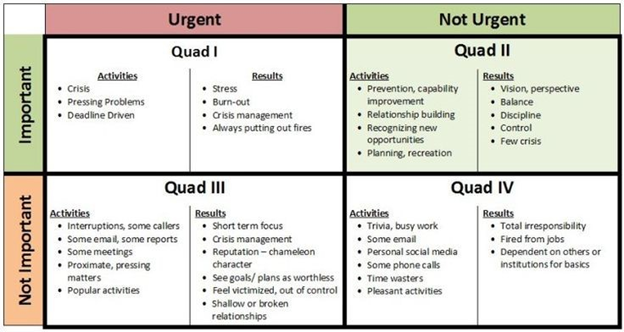Managing your time is relevant to everyone, from kids in school to people at home or work. The issue of time management becomes even more paramount to owners of small businesses. We have all either experienced or witnessed people who struggle with time management in small business. The tell-tale signs are individuals who seem to be constantly fighting fires, who when they get to the end of the day do not feel they accomplished anything, and who cannot seem to get to their desired personal or business goals.
Time management in small business certainly brings a degree of frustration to many business owners, but on the positive side, when time management improves and becomes a productive habit or normal working state of anyone, real goal realization is possible. It is all about learning and implementing those time management tools rigorously. Many business owners become comfortable with poor time management aspects. A day full of unanticipated events can easily attract people; that is where there is never a dull moment and putting out fires is the norm rather than the exception. Yet when business owners analyze their business, the inability of the business’s realization of future goals typically comes back to their lack of effective time management.

Now that we know why time management is so relevant in today’s small businesses, let us explain what and how to improve time management for business owners and the key players within this workplace. First, it is essential to know what to label the various business owners’ activities, either planned or unplanned, that happen each day. Specifically, the activity fits into the matrix below (Figure 1). Analyzing an individual’s daily activities or tasks as it corresponds to urgent/important matrix provides the transparency needed to understand how many activities, and the time associated with these activities, are happening in a typical day. With this time management awareness discovered, a clear picture of needed changes is revealed. It is worth noting that this matrix’s goal is to move away from unimportant activities and move toward less urgent activities (as best as possible given the business) in the long term.
Shown below in Figure 2 is a good example of typical activities or tasks that would fall into the various quadrants.

Once there is a fundamental understanding of where your activities fall into the matrix, the next step is to begin the change process of time management through the four D’s. The four D’s corresponds with the four action areas to make efforts to move and purposefully fill the quadrants in a controlled manner over time. The business owner’s four choices or action areas are either DO, DEFER (Plan from Figure 1), DELEGATE, or DROP (Eliminate from Figure 1). The best method to move forward with applying the four D’s is to have clear and articulated business/personal goals. These goals will be the litmus test for determining which D to choose for any given activity, either planned or unplanned. For example, as an owner, if managing accounts payables takes a day out of your week when sales follow-ups would be a better use of time to move the business closer to the goals developed, then this task needs to be delegated.
What prevails from this introspection on daily activities is choices that move the business closer to the desired goals, not further away from said goals, as is when letting activities choose you. Creating a sustained habit with these time management techniques enables business owners to take control and realize their business’s goals immediately.



